Sometimes work drifts in from familiar sources where you are not the intended artist for the job. Building relationships and communicating within the artistic community is important for growing exposure and getting the opportunity to create images that fit my approach and interests. Sometimes classic works. A classic novel like The Picture of Dorian Gray.
On the phone with an art director friend of mine that I’d worked with over the years, (including as beta reader for Above The Timberline) he’d mentioned his next project was doing a limited edition book of Dorian Gray. I’d never read the novel, but was familiar with the basic idea and had seen examples of paintings artists had done of the final portrait of the protagonist, Dorian.
In the story, the portrait becomes a visual track record of the crimes of his black heart, gradually erupting into the full evil mind that eventually overwhelms him. Most artists focused on the final image of Dorian, portraying his decompensated life.
As I spoke with my friend I found that he was looking for a way to illustrate the entire book and not just the final alarming painting. To me, the answer seemed straightforward: animate the process.
My idea was to let the reader watch the painting become his incarnation of evil and his demise over many of paintings, so that by the end of the book, we see the final maddening result.
We calculated that the book would need about nine paintings throughout. But my idea wasn’t to paint them separately. I wanted to set up one piece and keep changing it through nine iterations, nine sessions of changing the same piece.
The art director loved the idea. According to the Oscar Wilde Society, no one had ever attempted to do this in the 132 years since its first publication. All I had to do was make it work…and hit the deadline they were up against.
First things first: thumbnails. While thinking through the visuals of each stage, it made sense to approach it like a Sargent, as if he’d been given the assignment, and it would match the 19th century time period in the novel. (As if working out the idea on a strict deadline wasn’t enough, I had to challenge myself to paint with Sargent in mind? WHAT was I thinking.)
These loose thumbs served enough to get the whole thing rolling, and the AD thought that the first painting should be scanned unfinished. Everything seemed fine, but for one small problem that grew to large proportions: as I would finish one piece, I’d have to let it dry, ship it to the scanner, then when finished, wait for him to ship it back to me and start the process over again…nine times.
By the time I started painting, we only had one month left.
I still thought I could make it. To get started, I wanted one pencil drawing of Dorian’s portrait. I had a large number of head references to observe and I freehand sketched one head from those sources.
I photographed myself in a suit to keep the proportions right and drew that figure onto the head. Now I had my template of Dorian. From here, I would degrade the sketch into the various stages. That way, I didn’t have to keep drawing it each time.
I turned to Procreate for the different stages. I painted each iteration digitally so I could explore more fluidly and used these as a guide for the final stages. The AD requested that we also add certain plot points from the novel into the portrait such as, the rejected girlfriend, and the murdered artist of the painting.
With the first stage complete, I began painting the entire piece once that initial layer was scanned and returned. I completed the second stage and got that scanned and returned. Now the trick was to figure out how to project my sketches on top of each stage to use as a guide since it all had gotten fairly dark. I found that the best way was to use a soft-lead pencil. The graphite reflected off the dark surfaces and I could see the lines if I angled my lights just right.
Excellent. So far so good. It wasn’t until I was closing in on stage four that I realized the shipping back and forth to the photographer was sucking up far too much time. The pandemic had slowed everything down and FedEx was taking longer than ever. At that rate, I’d need another month. I wouldn’t make it.
My only choice was to start an entirely new painting at stage six, (these pieces are large, mind you) and paint the final three stages on top of that piece.
I was disappointed in myself. I wanted to have one painting with all the iterations buried each under the other. I know, kinda silly, but I thought it would be cool to know they we all there and I would come away with one final painting like all the other artists had ever painted, but with a rich process included.
Separating the series would allow me to have two pieces going back and forth to the photographer and cut the time. While I painted one, the other would be getting scanned.
In one section I worked digitally. During the painting process, the publisher asked to buy the painting at stage five. I thought it would be a better piece if the skeleton of the woman was there, along with the murdered artist. So after having stage five scanned, I digitally painted out the skeleton (the bones disintegrate to dust in the story) and left an impression of dust. So the final stage of that first canvas has both the figures left in.
It all worked fine, except that the final stages were quite visually involved. What was really fascinating for me, as an alla prima painter, was how the pigment layered and could be manipulated and even lifted off to be repainted if necessary. I was able to build the layers while still working alla prima. I don’t always have that luxury when on deadline.
The final painting took the longest time. Everything had to finally come together to portray Dorian’s darkest moments when he’s carried off through the gates of Hell by demons. (uhhh, spoiler alert! Sorry)
As you look through the stages, you’ll notice how each phase degrades a little more each time, while the fires increase.
The book will have a lot of images in it. A slipcase with an ink drawing of mine will be used as a foil-embossed design on the cover. Included is a portrait of Oscar Wilde that I’d done years ago as a pastel study. I offered that the publisher could use it for no additional fee. Inside thirty editions is an original sketch of Dorian at different stages.
Lyra Books, the publishing company based in London, will create an extraordinary extremely fine, handworked edition of The Picture of Dorian Gray that will cost thousands of dollars to purchase. The quality is that high, and worth it.
I’m quite proud to have been a part of the entire project. It happened because I developed a working friendship with a publisher/art director and was ready to express and share interests and engage ideas to get the work.


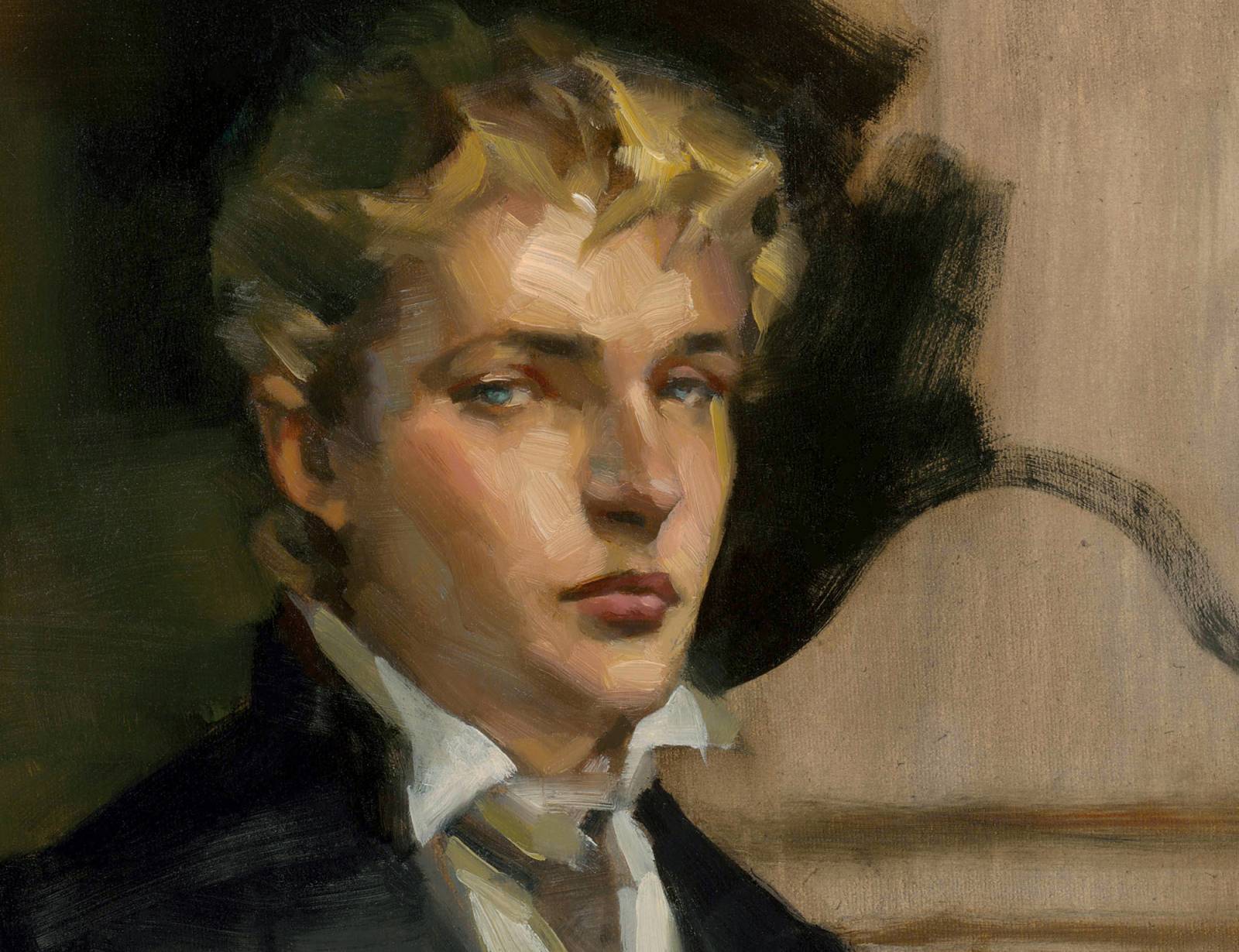
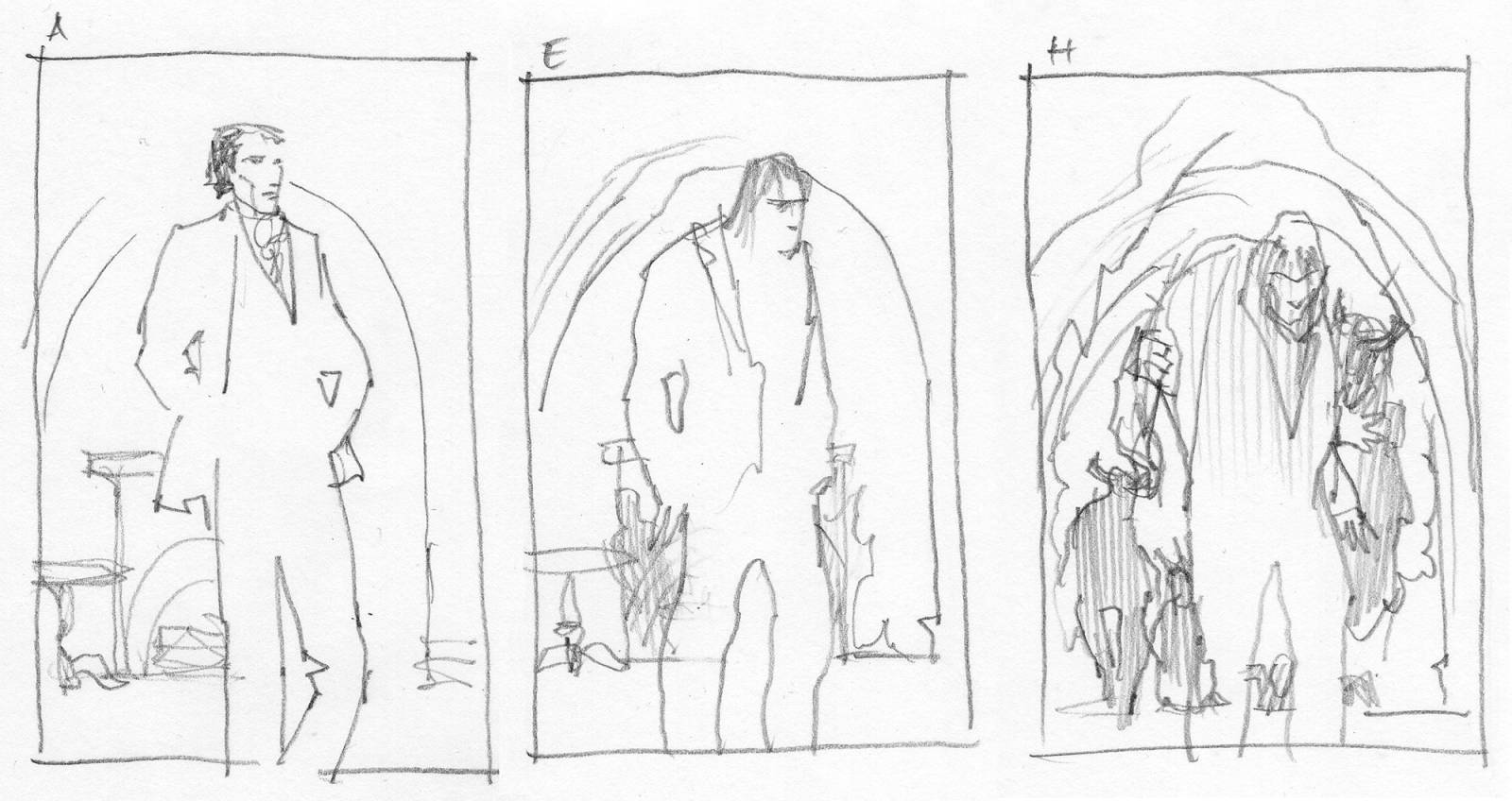
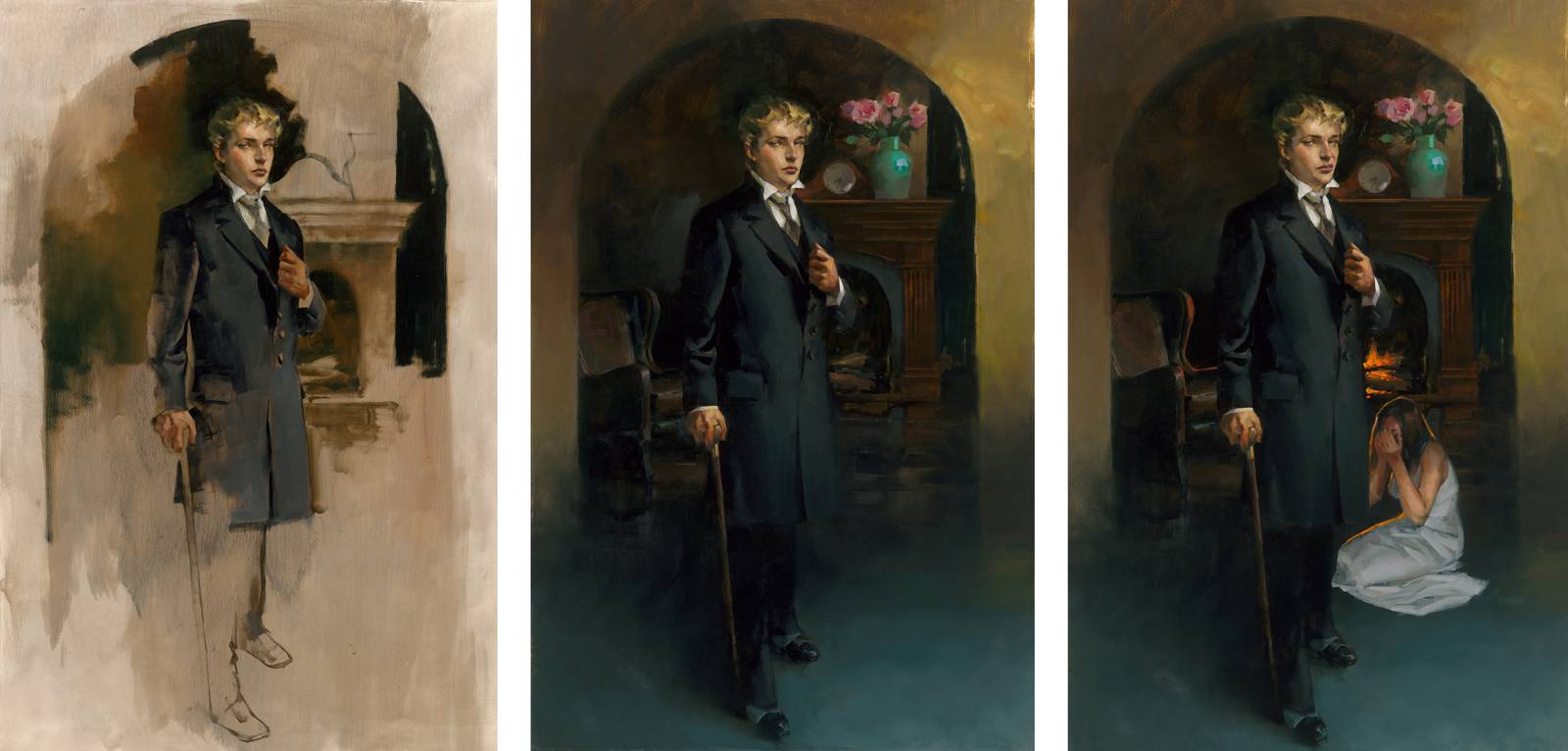
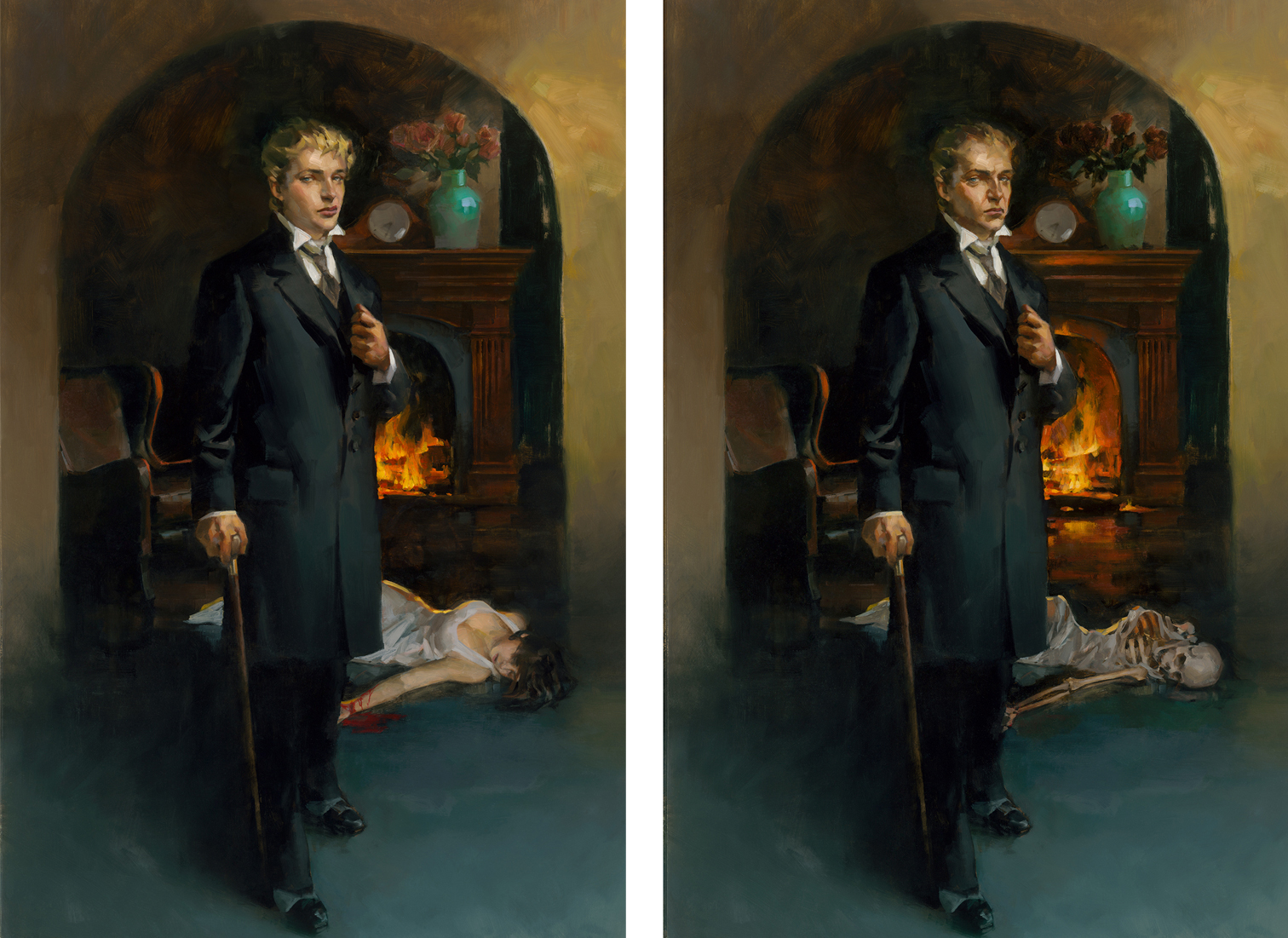
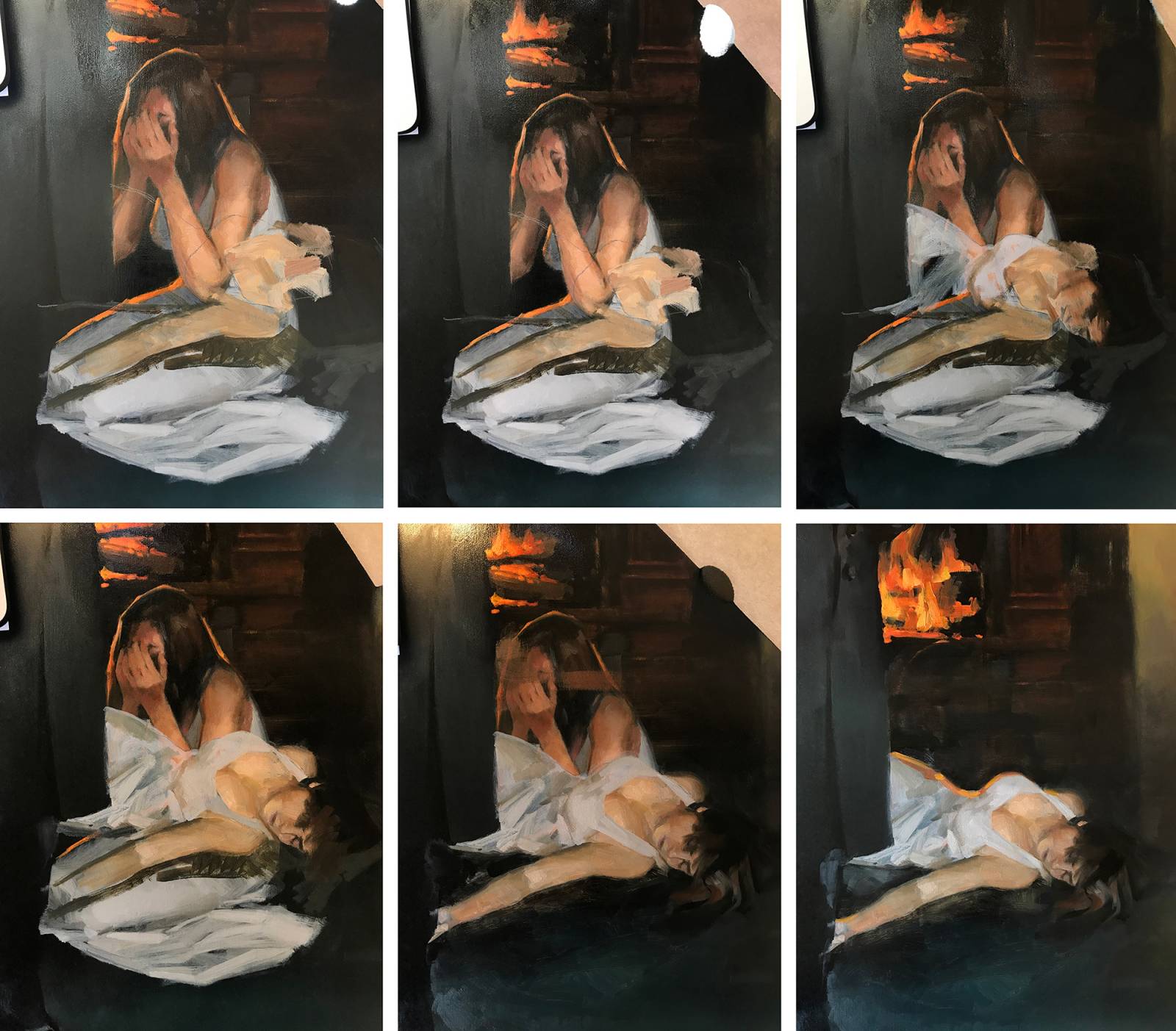
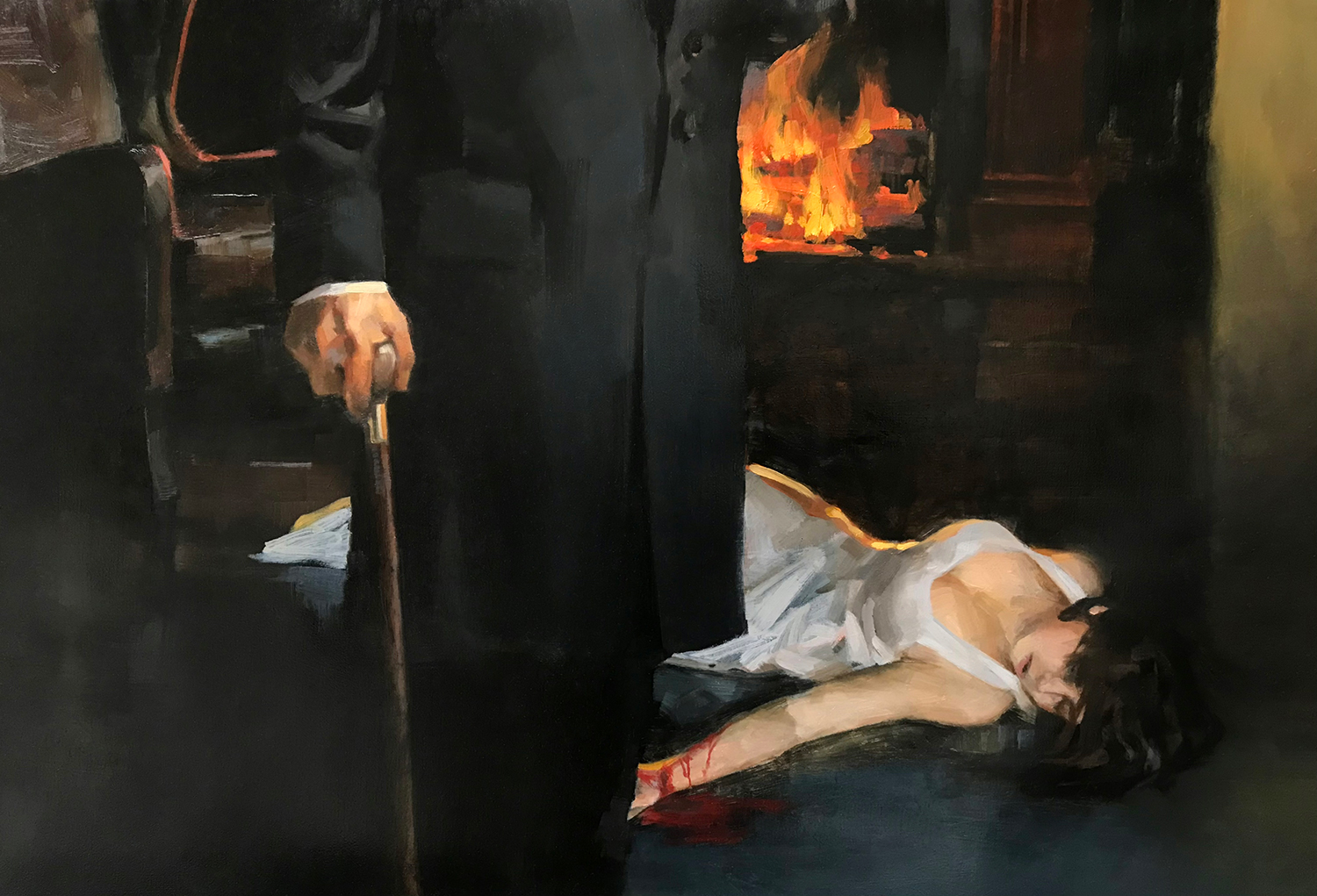
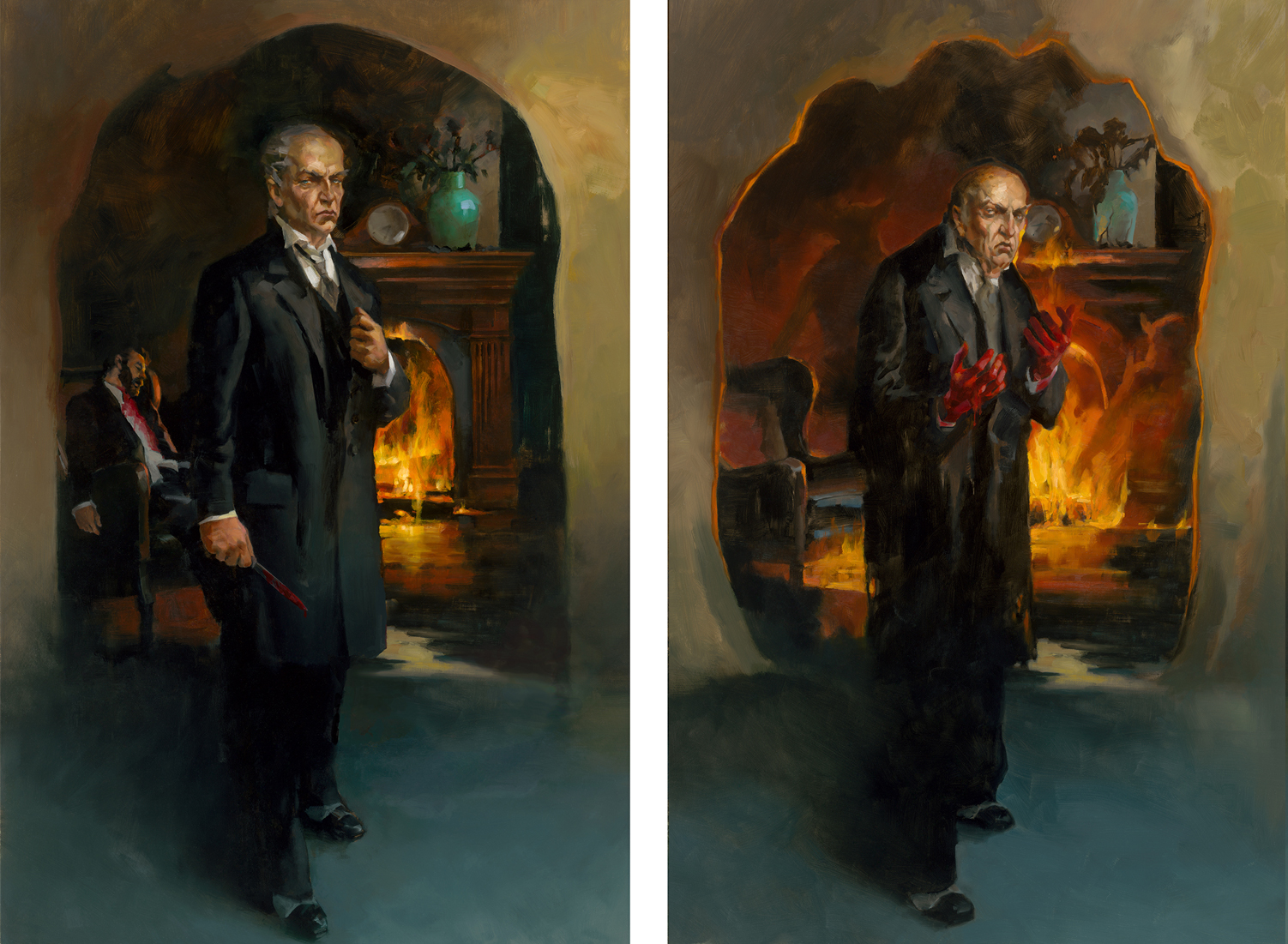

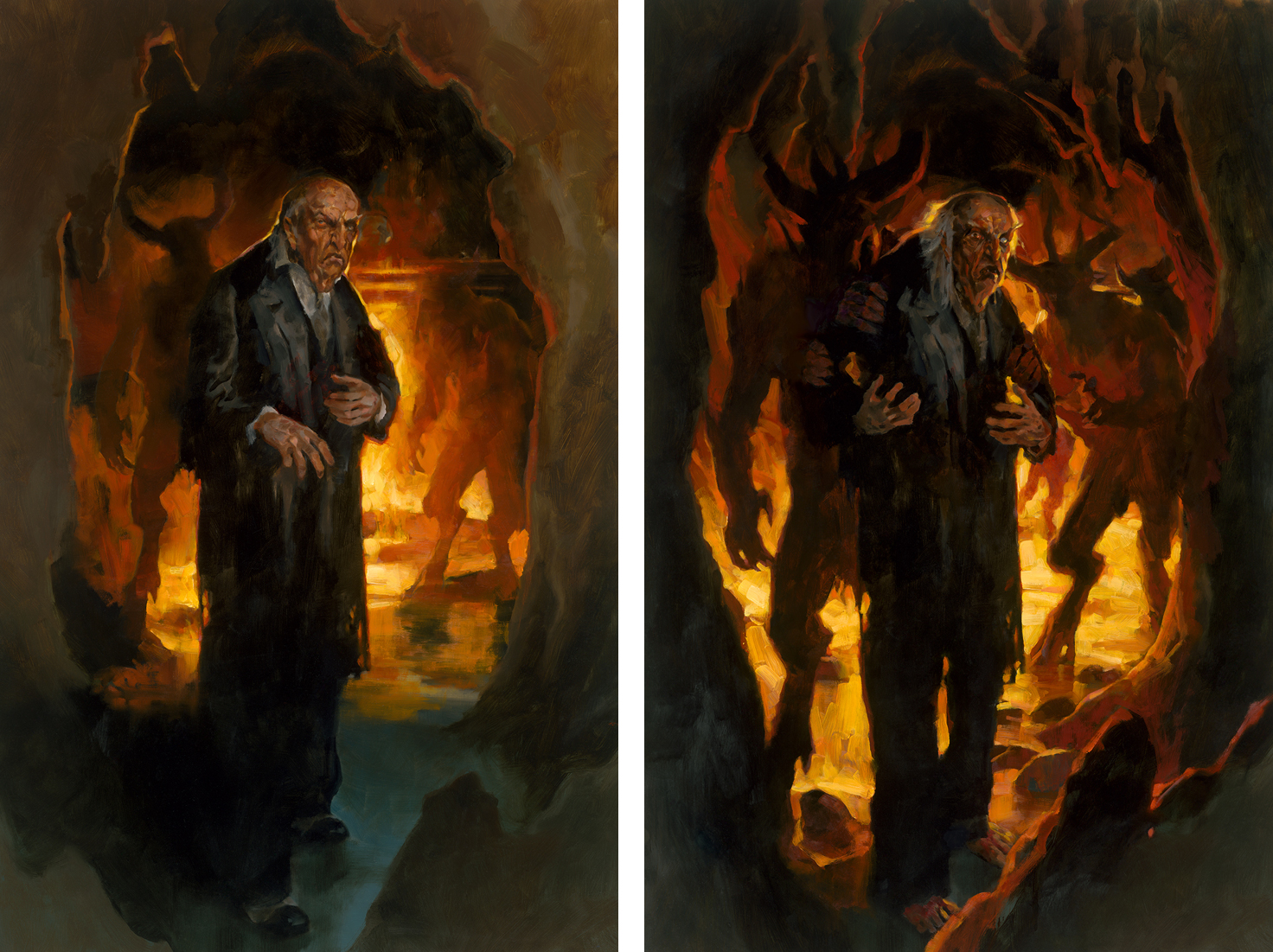
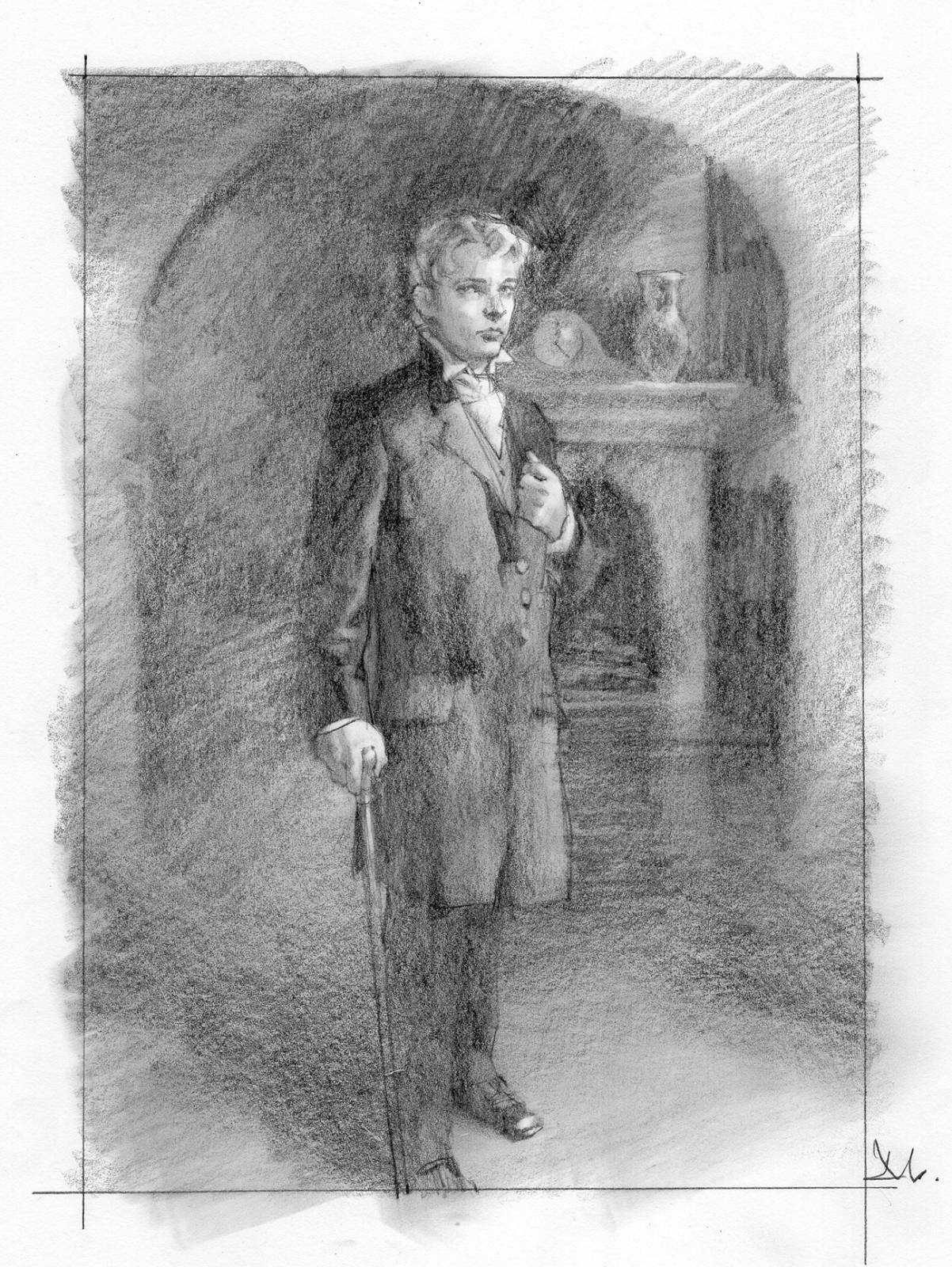
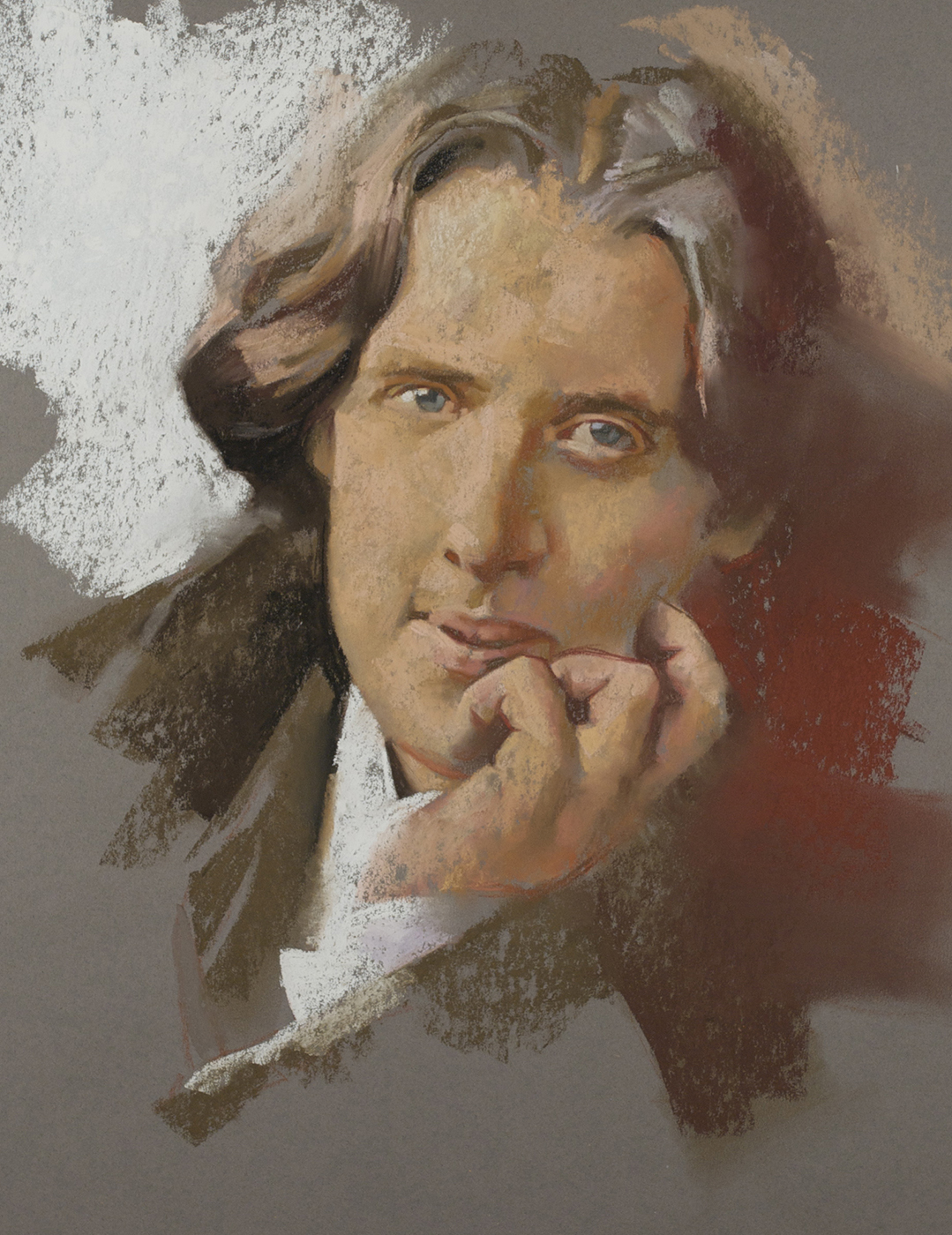
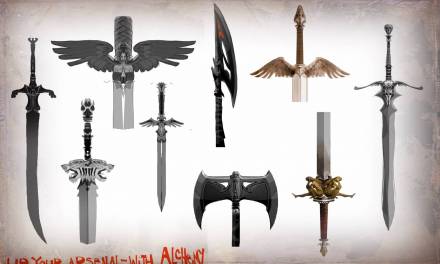
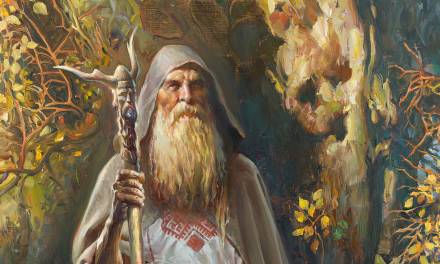
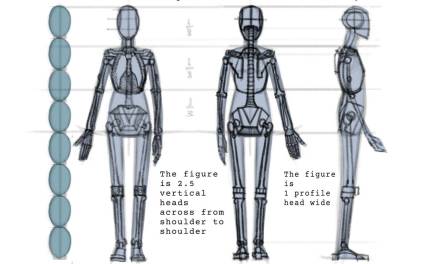
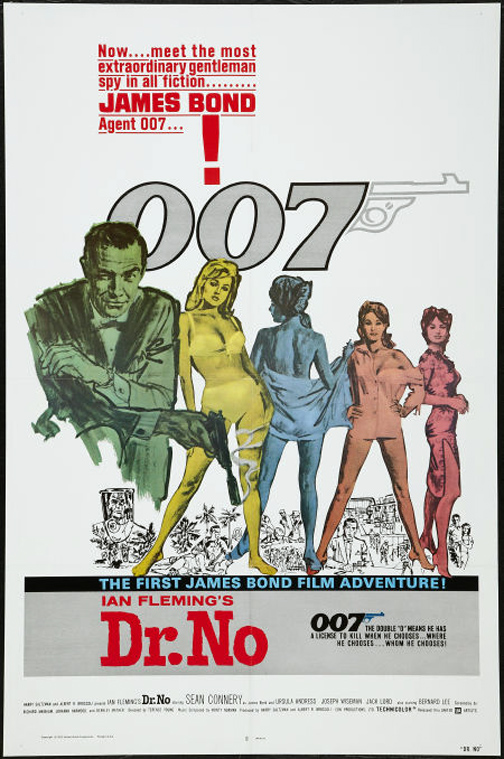

Very cool premise to have the painting change, as always, you’re several steps creatively ahead of us all Greg! 🙂
You’re too kind, Brian! But thanks!
Extraordinary depiction of Dorian’s decay. A most fitting portrayal, it greatly helps to visualize his demise
WHERE IS BAST?
Gambling basically means risking something so that you to gain something.
This is definitely one of those events where things in our reality change and we all remember something as one way but now it’s another. This book IS The Portrait of Dorian Gray. We ALL of us know this, yet in the text of the article the book is referred to as the Picture of Dorian Gray. In fact, this is the only web site that says “Portrait” which is what brought me here.
It is often the case in these events that the “residue” as it’s referred to, is only on articles that were not “official”. For instance, a line in an actual film will change but you might find a comedian making a reference to the line the way we all remember it. Or the Monopoly Man’s monocle! No more monocle but Ace Ventura Pet Detective makes reference to it. A wrestler makes reference to it when describing how much money his fellow wrestler made on t-shirt sales, going around in a top hat and monocle like the monopoly man.
Anyway, one wonders why it’s different here. I “Googled” The Portrait of Dorian Gray and most all the images said Picture except for the one recurring picture of Oscar Wilde sitting with a cane, dressed in black if I recall.
Anyway. I haven’t read the article and I read the book forty years ago. I’m going to save the page and come back when I have a minute. And I should read the book again, I suppose. (Better than re-reading 1984 since we’re just-about living that story every day. In fact, I was not even going to mention this phenomenon on a public platform left the Ministry of Truth come knocking at my door or bump my social credit score a few notches down the ladder. Cheers, Bloke).
Can you teach me how to draw? I think your simple lines outline a lot of things